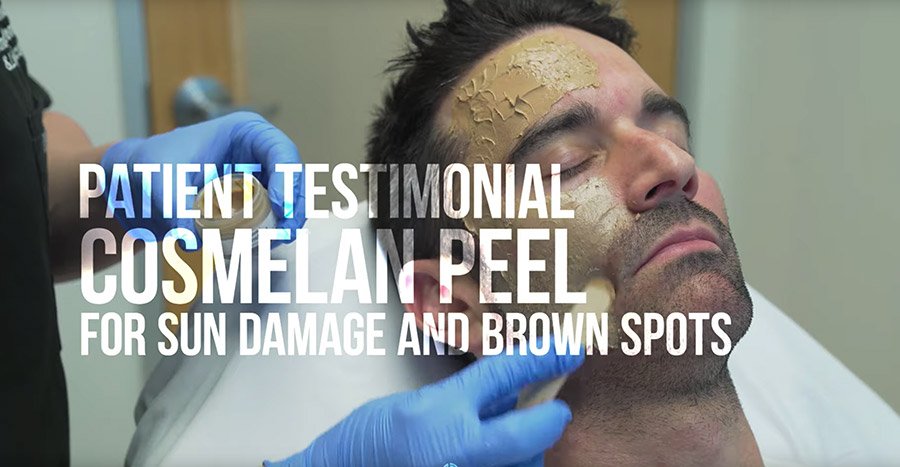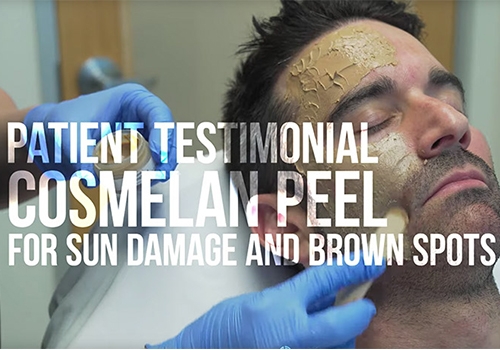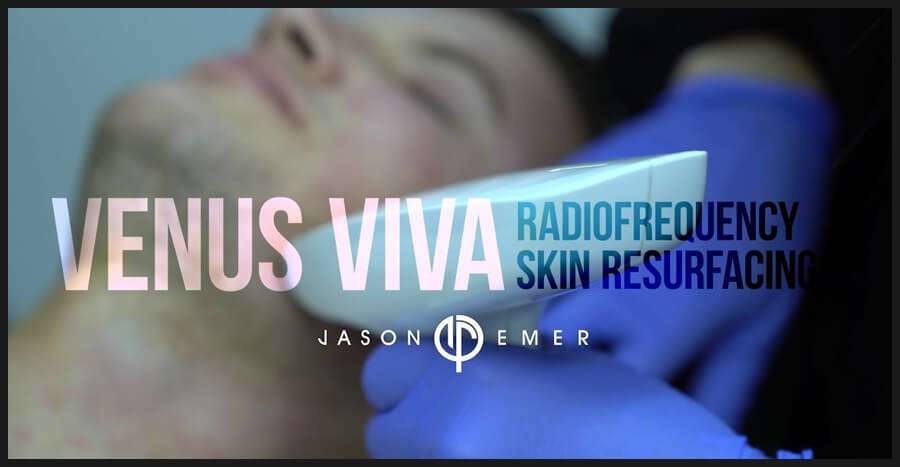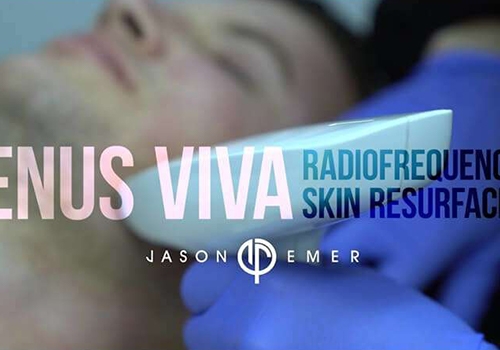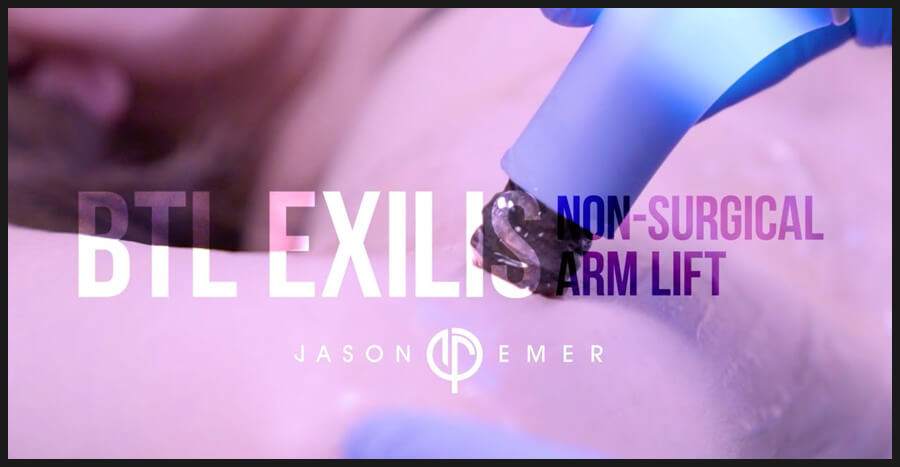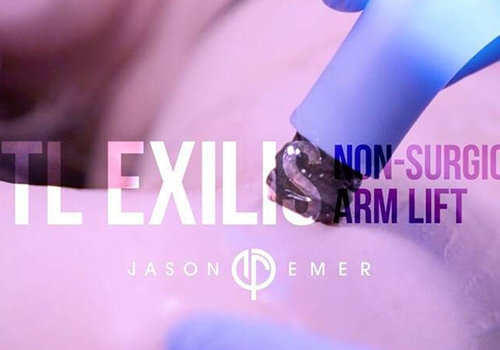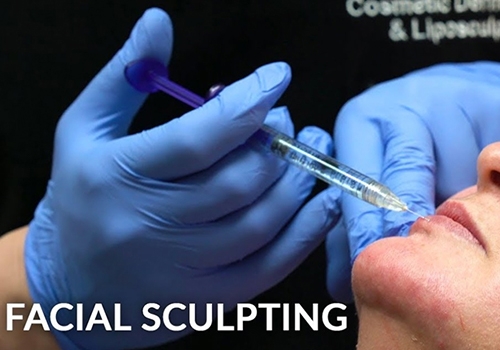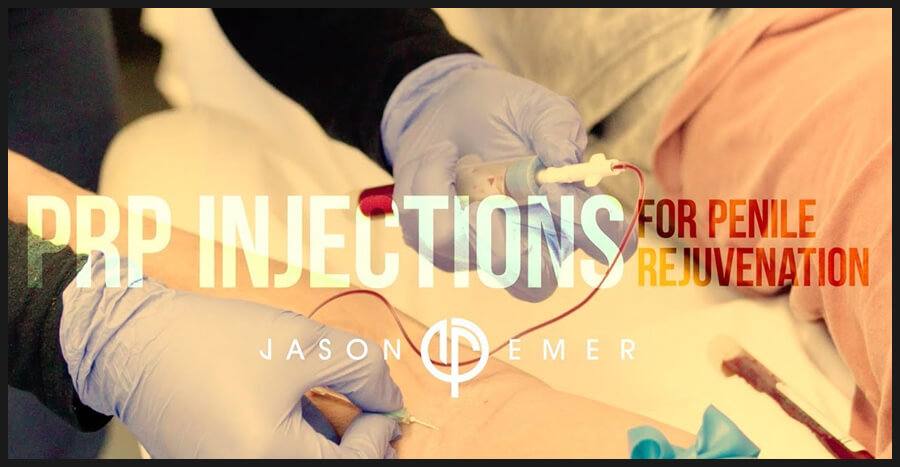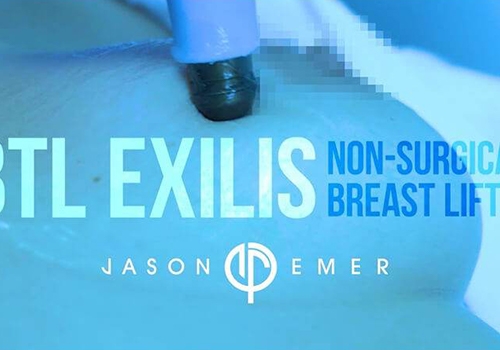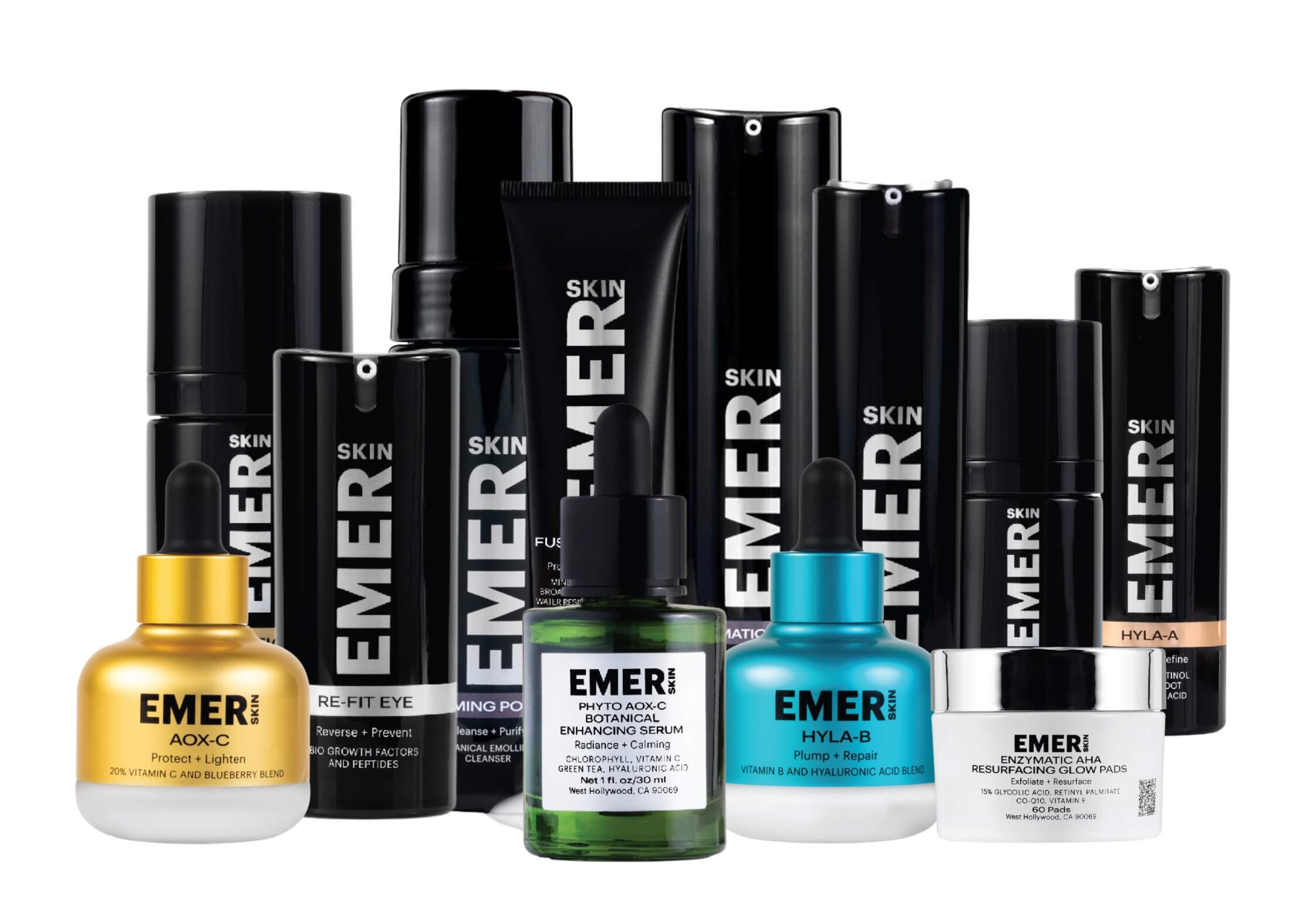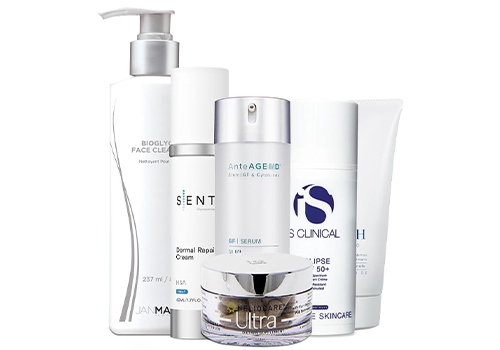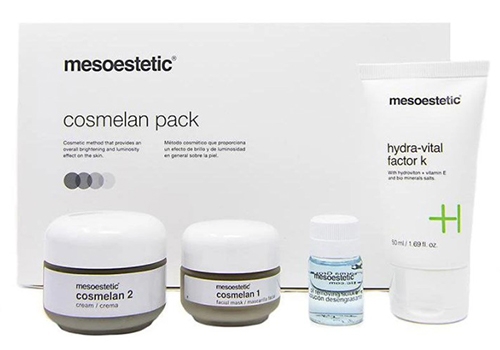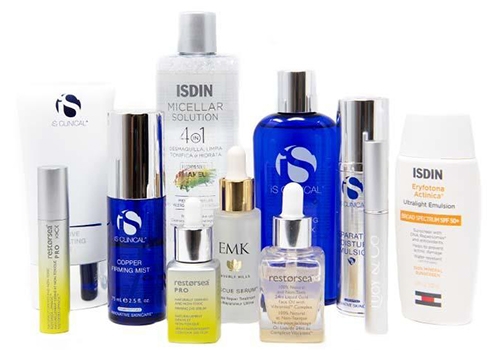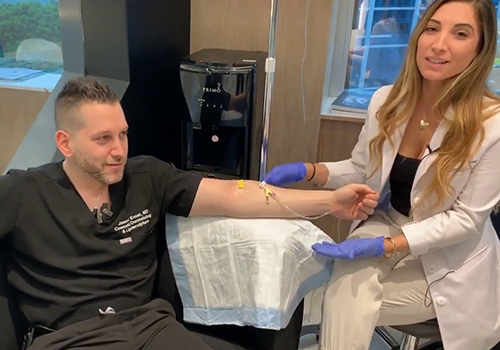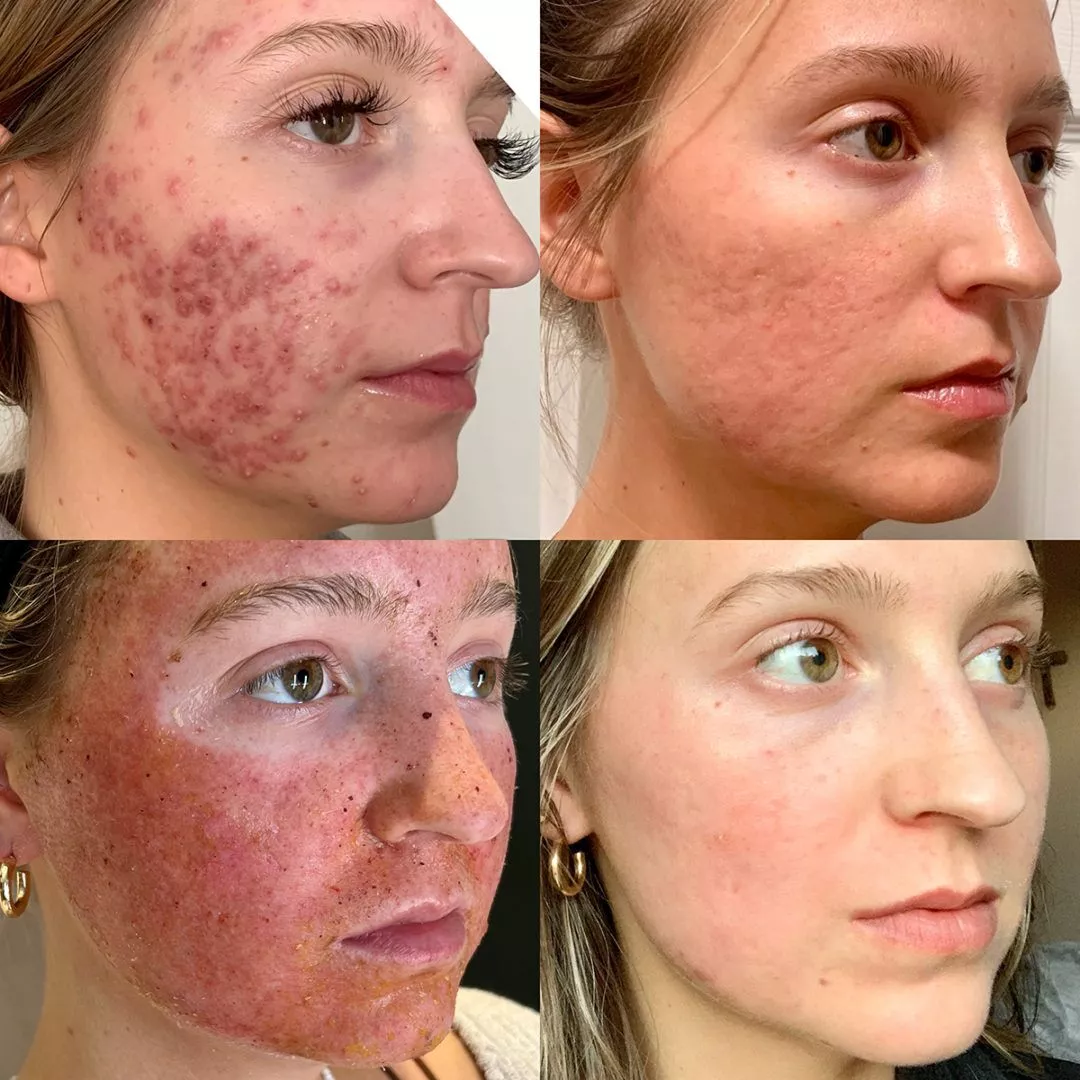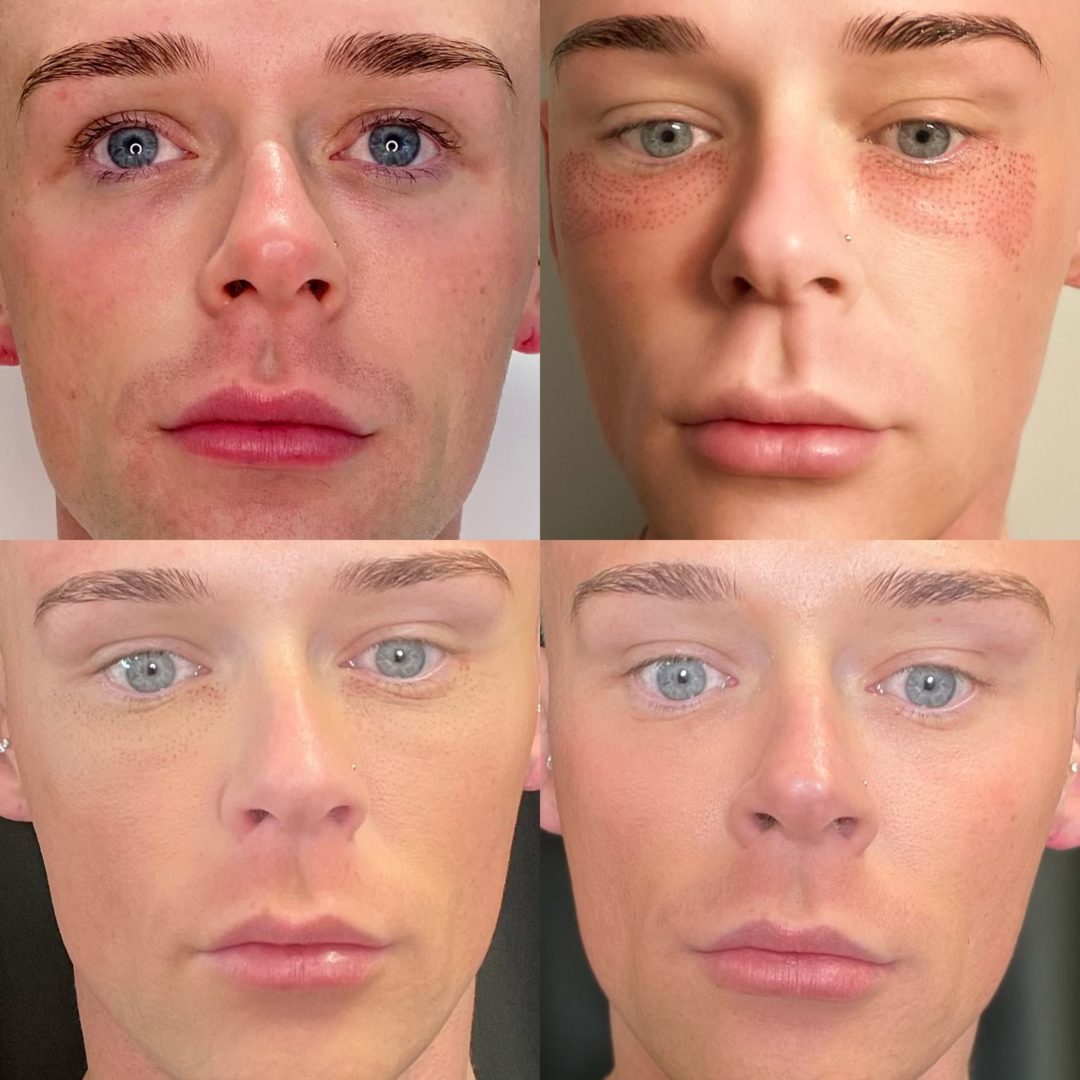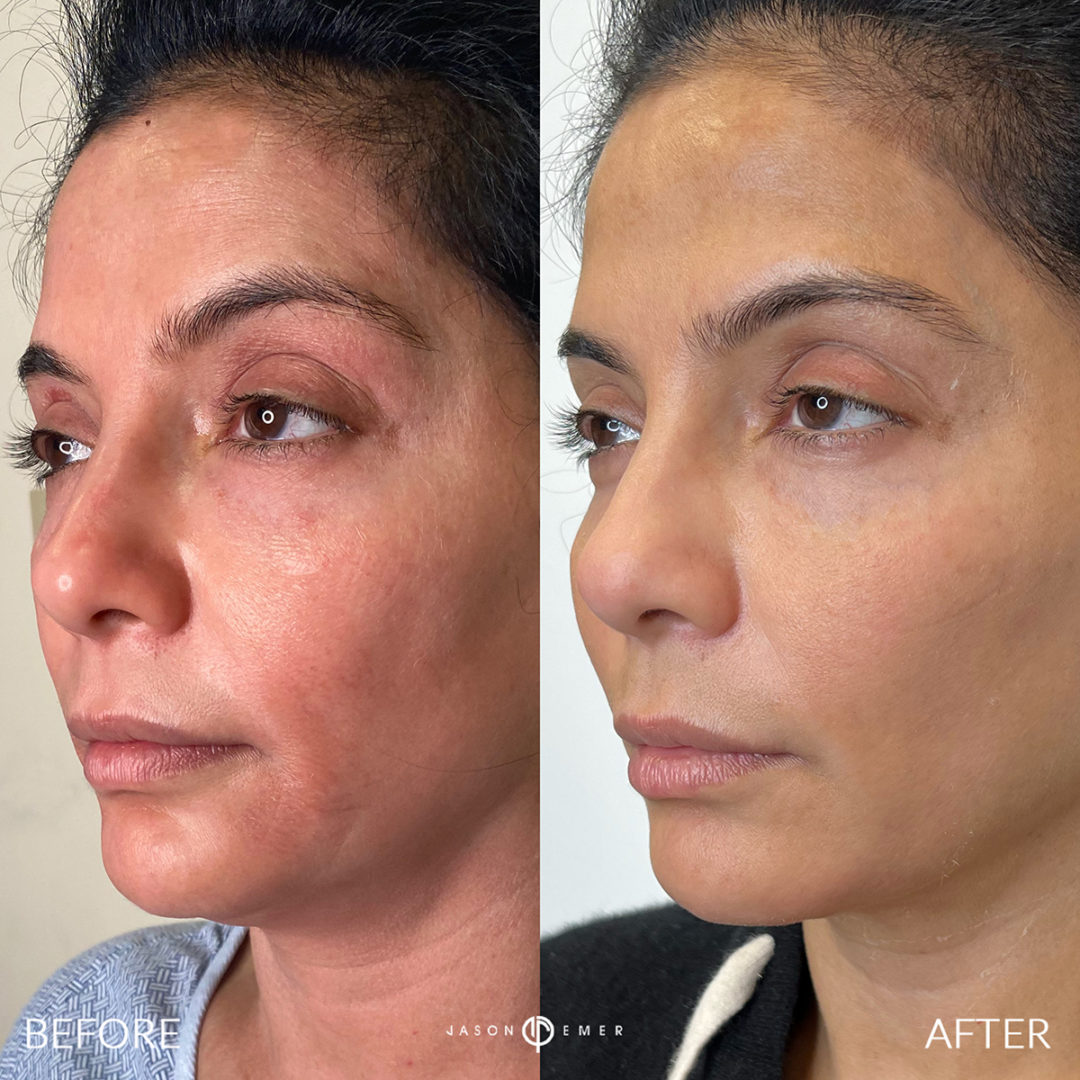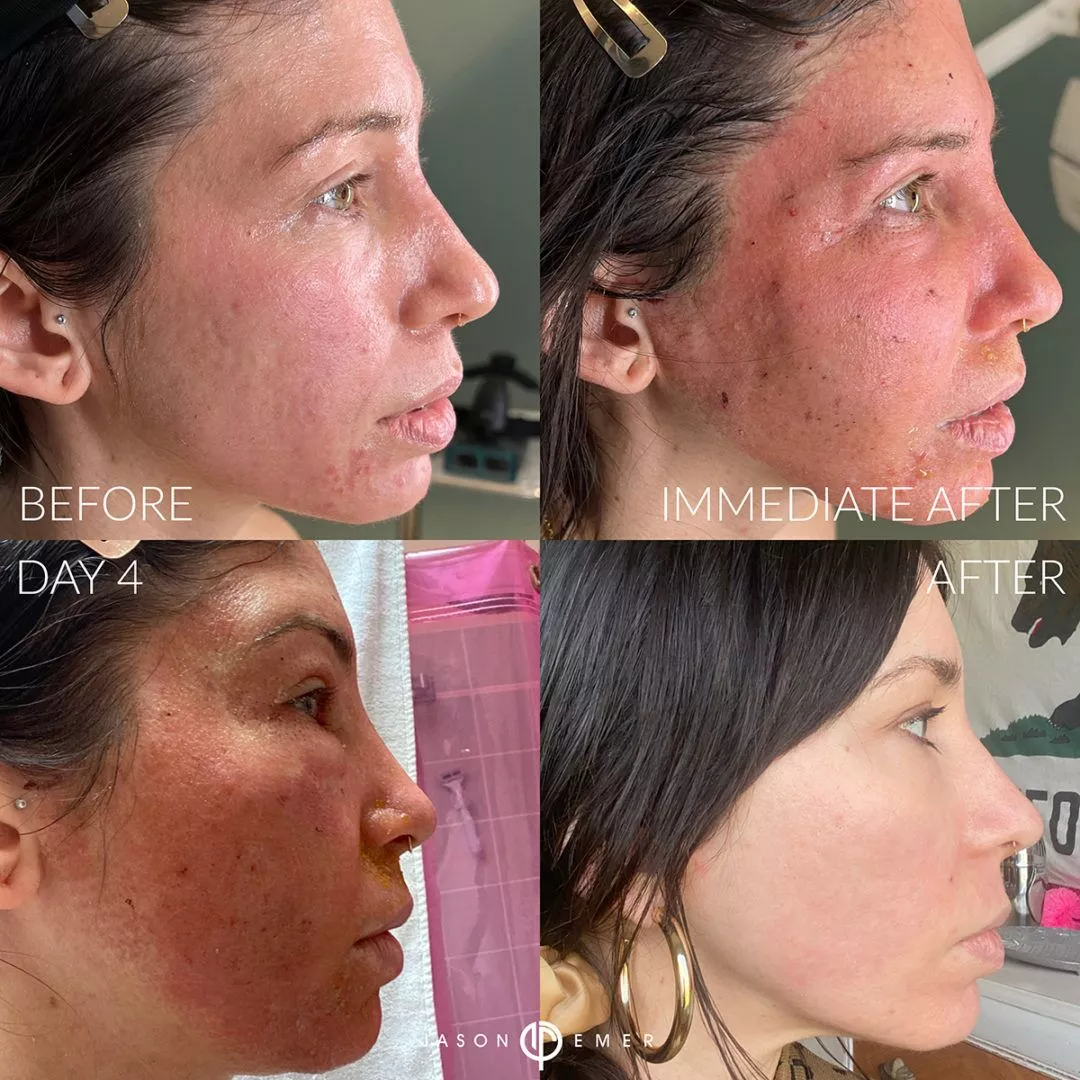
- SERVICES
- PLASTIC SURGERY
- MEDSPA SERVICES
- GALLERY
- PATIENT STORIES
- RESOURCES
- SHOP
- ABOUT US
- Chemical Peels
- Collagen Stimulators
- Cosmelan & Enlighten
- Dermal Fillers
- Dermaplaning
- Ellacor
- Fractora
- Hand Rejuvenation
- Laser & RF Skin Resurfacing
- LED Light Therapy
- Medical Tattooing
- Melasma
- Microchannel Infusion Therapy
- Microneedling
- MIRApeel
- Morpheus8
- Pixel8-RF
- Plasma Pen
- Renuvion
- Rosacea Treatment
- Scar Revision
- Skin Tightening
- Sylfirm X
- The Saltfacial
- Thermage
- Vampire Facial
- ZWave
- 360 HD Lipo
- 360 HD Lipo for Men
- 360 HD Lipo for Women
- Abdominal Etching
- Abdominal Lipo for Men
- Abdominal Lipo for Women
- Awake Liposuction
- Arm Liposuction
- Back Liposuction
- Back Lipo for Men
- Back Lipo For Women
- Gladiator Lipo
- Supermodel Lipo
- Thigh Liposuction
- Paradoxical Hyperplasia from CoolSculpting
- HD Lipo Recovery & Aftercare
- Abdominal Etching
- Avéli
- BellaLift
- BodyTite
- Brazilian Butt Lift
- Breast Augmentation
- BTL Exilis Ultra
- Calf Sculpting for Men
- Cellfina
- Cellulite Reduction
- Fat Transfer
- Hip Augmentation
- Natural Breast Augmentation
- Non-Surgical Butt Lift
- truSculpt FLEX
- Vanquish
- Vaser Lipo
- Hormonal Peptide Therapy
- Breast Reduction without insurance
- Breast Scar Revision
- Tummy Tuck Revision
- Traptox
- Primetime IV Therapy
- Perform IV Therapy
- NAD IV Therapy
- IV Therapy
- Glow IV Therapy
- Detox IV Therapy
- Aging Skin
- Bellafill
- BellaLift
- Buccal Fat Removal for Men
- Buccal Fat Removal for Women
- Botox
- Daxxify
- Dysport
- Eyelid and Brow
- Face and Neck Lipo for Men
- Face and Neck Lipo for Women
- Facial Fat Grafting
- Facial Sculpting
- Facial Sculpting for Men
- Facial Sculpting for Women
- Forte Fix
- FaceTite and AccuTite
- Jeuveau
- Juvederm
- Kybella
- Lip Augmentation
- Meshfill
- Neuromodulators
- Non-Surgical Rhinoplasty
- Nova Threads
- MIRACU Forte Basic
- Plasma Pen
- Radiesse
- Renuva
- Restylane
- Revanesse Versa
- Rhinoplasty
- Sculptra
- Silicone Injections
- Silhouette InstaLift
- Temple Augmentation
- Ultherapy
- Venus Viva
- Xeomin
- Restylane® Eyelight
- Permanent Lip Filler Removal
- PDO Max
- PDO AfterGlo™
- Elasty Line PDO Thread Lift
- Hair Restoration
Body
- Abdominal Etching
- Arm Lift & Tightening
- Arm Lift & Tightening For Men
- Arm Lift & Tightening For Women
- Mini-Brachioplasty
- Body Contouring After Weight Loss
- Brazilian Butt Lift
- Buttock Implants
- Cosmetic Sleeve Surgery
- Hi-Def Lipo
- Hip Augmentation
- Mini Tummy Tuck
- Mommy Makeover
- Muscle Implants
- Pectoral Implants
- Surgical Body Contouring
- Tummy Tuck
- Tummy Tuck Revision
- Spiral Thigh Lift
- Thigh Lift & Tightening
- Thigh Lift & Tightening For Men
- Thigh Lift & Tightening For Women
Face
- Brow Lift
- Brow Lift For Men
- Brow Lift For Women
- Direct Brow Lift
- Buccal Fat Pad Removal
- Temporal Brow Lift
- Chin Implants
- Chin & Jawline Surgery
- Surgical Chin & Jawline Contouring
- Deep Plane Facelift
- Deep Neck Lift
- Dimple Creation
- Earlobe Repair
- Eyelid Surgery
- Eyelid Surgery For Men
- Eyelid Surgery For Women
- Lower Blepharoplasty
- Upper Blepharoplasty
- Face And Neck Liposuction
- Facelift
- Facelift For Men
- Facelift For Women
- Facial Implants
- Forte Fix
- Hairline Lowering
- Keloid Removal
- Lip Lift
- MIRACU Forte Basic
- Mini Facelift
- Lip Piercing Closure
- Neck Lift
- Otoplasty
- Rhinoplasty
- Alar Base Reduction Rhinoplasty
- Asian Rhinoplasty
- Ethnic Rhinoplasty
- Functional Rhinoplasty
- Female Rhinoplasty
- Male Rhinoplasty
- Piezo Rhinoplasty
- Reconstructive Rhinoplasty
- Revision Rhinoplasty
- Permanent Lip Filler Removal
- PDO Max
- PDO AfterGlo™
- Elasty Line PDO Thread Lift
AFTERCARE
- AFTERCARE
- Surgery Aftercare
- Plastic Surgery Recovery Residences
- Aftercare Beach Penthouse
- Aftercare Buddha House
- Aftercare Venice House
- Hyperbaric Oxygen Therapy
- HD Lipo Recovery & Aftercare
- Hormone Peptide Therapy In NYC
- NYC Surgical Aftercare
- IV Therapy For Surgical Aftercare In NYC
- Lymphatic Massage In NYC
- Post-Op Hyperbaric Oxygen Therapy In NYC
- Post-Op Muscle Toning In NYC
- Lymphatic Massage In NYC
- Post-Op Radiofrequency Therapy In NYC
- AESTHETICS & SKINCARE
- Acne Scars Treatment
- Aerify Complexion Revival Peeling Kit
- Aerify Kit
- Bellafill
- Chemical Peels
- Clear and Brilliant
- Cosmelan
- CO2
- Complexion Revival Peeling Kit
- Dermaplaning
- Laser Hair Removal
- Laser Skin Resurfacing
- Lasers
- Medical Tattooing
- Melasma
- Microneedling
- Plasma Pen
- PRP
- Sculptra
- Spa Services
- Subcision
- TCA
- HI-DEF LIPO – MALE
- NON- SURGICAL BODY CONTOURING
- PENILE ENHANCEMENT
- PLASTIC SURGERY
- LASER DERMATOLOGY
- MOMMY MAKEOVER

Dr. Jason Emer’s experience as one of the most innovative cosmetic surgeons in Beverly Hills has fueled his passion for building an ingredient-conscious, effective and versatile portfolio of skincare products, regimens and procedures.

